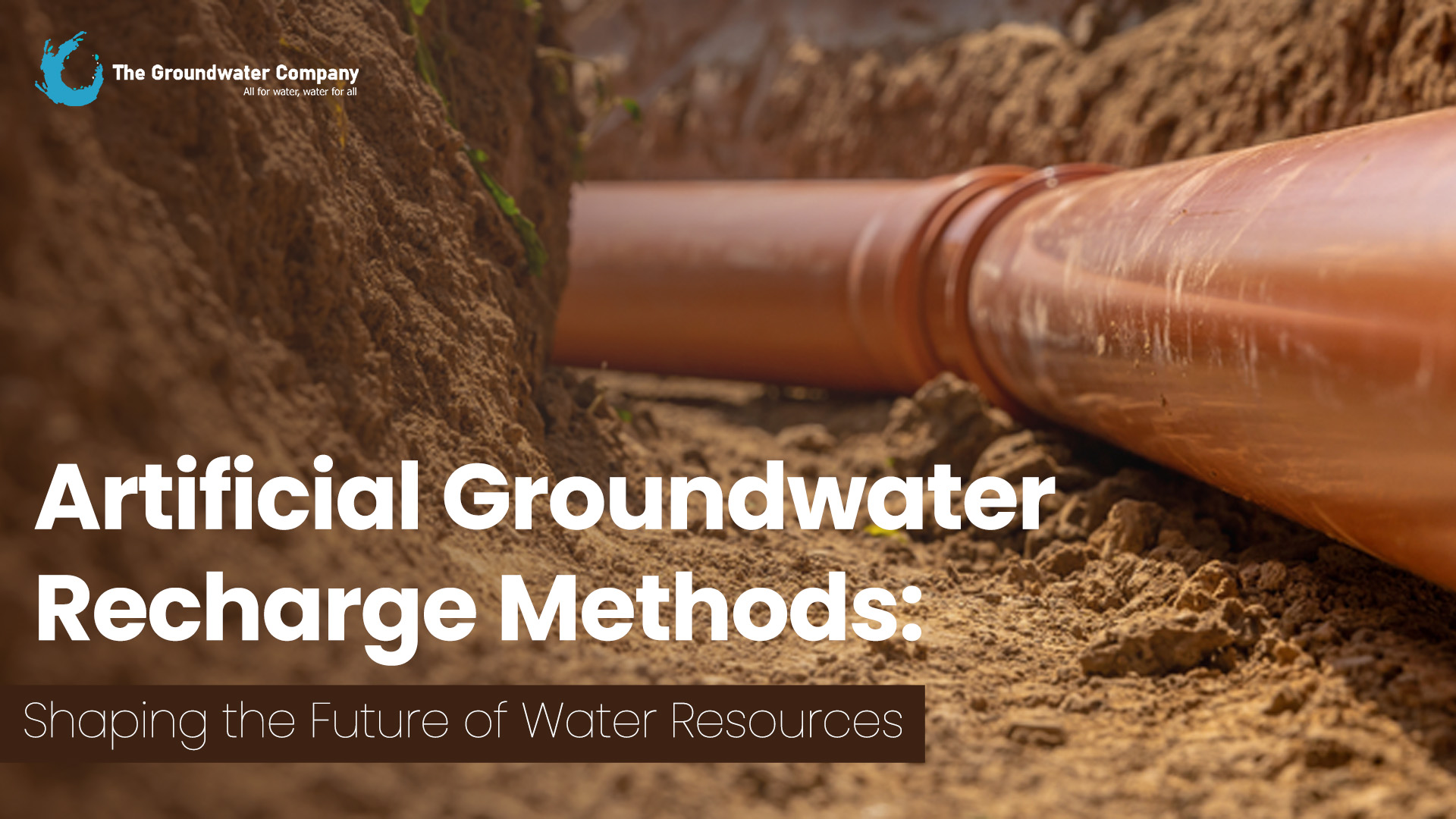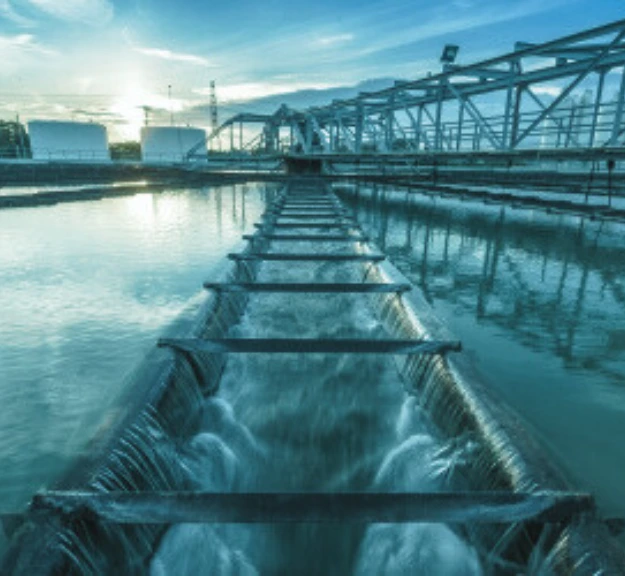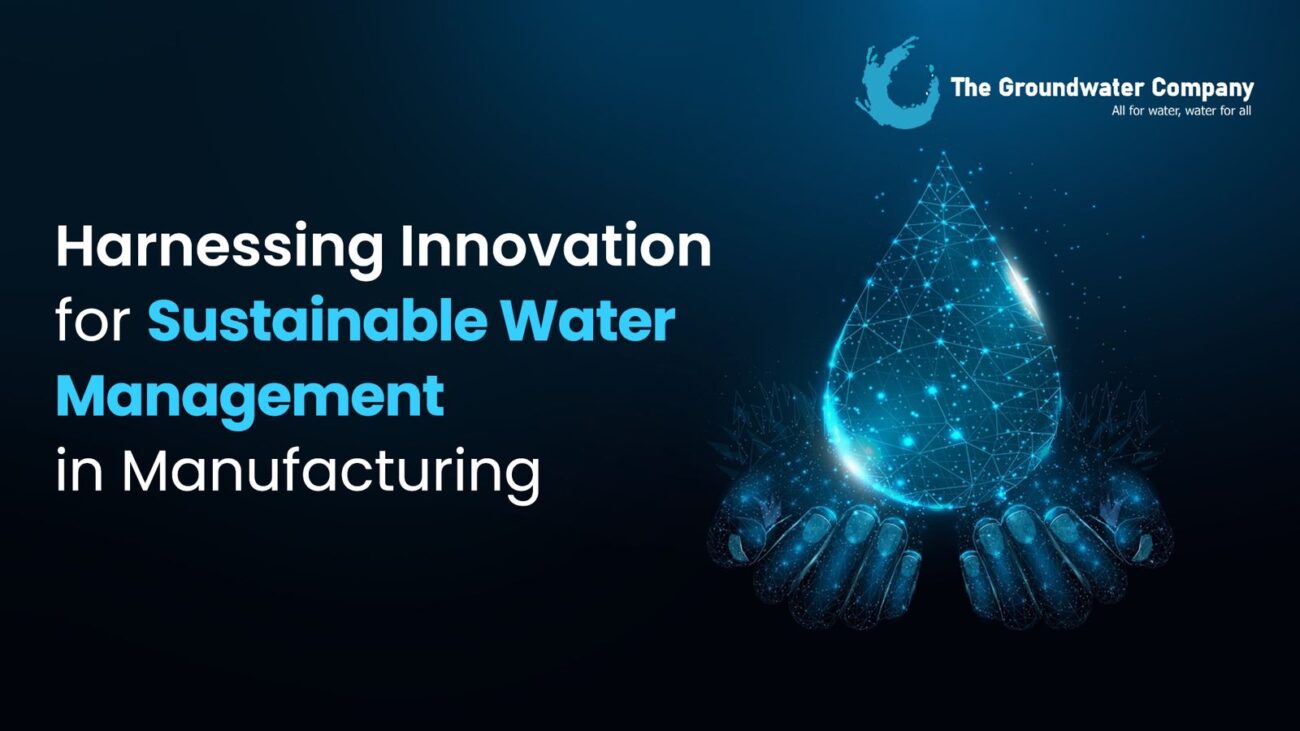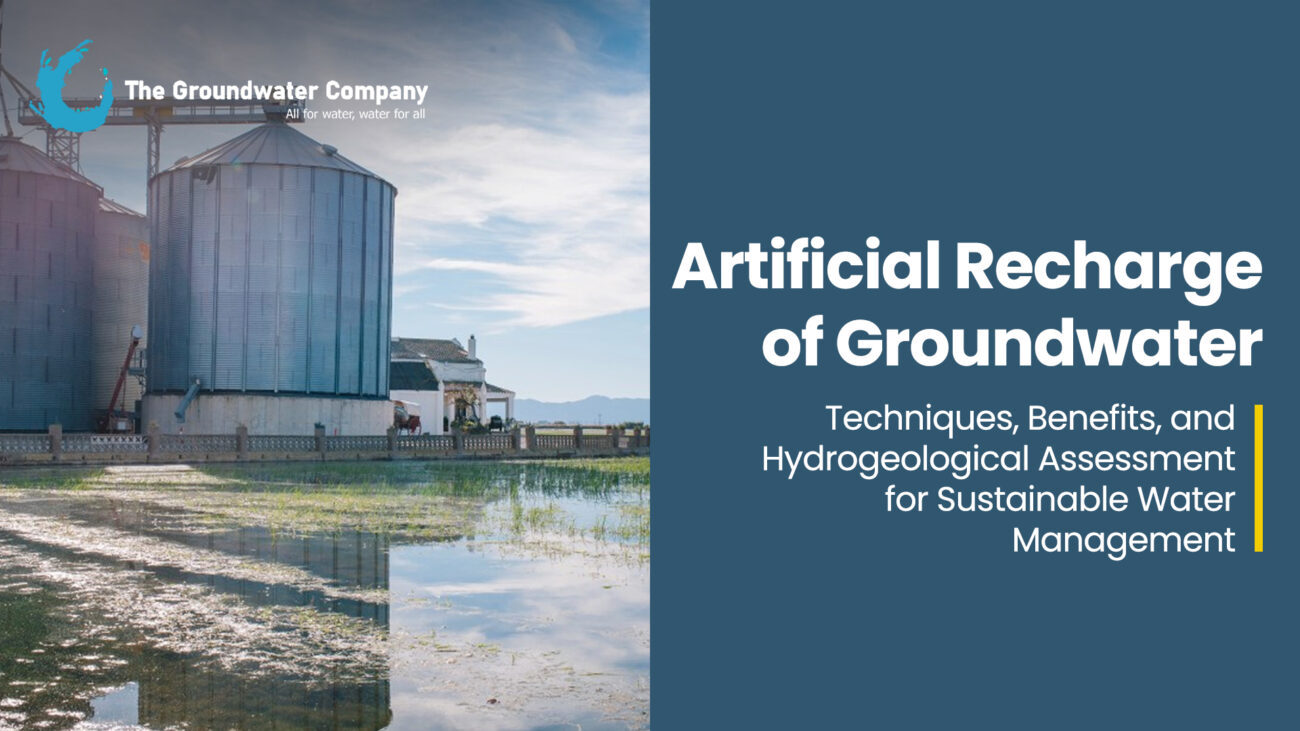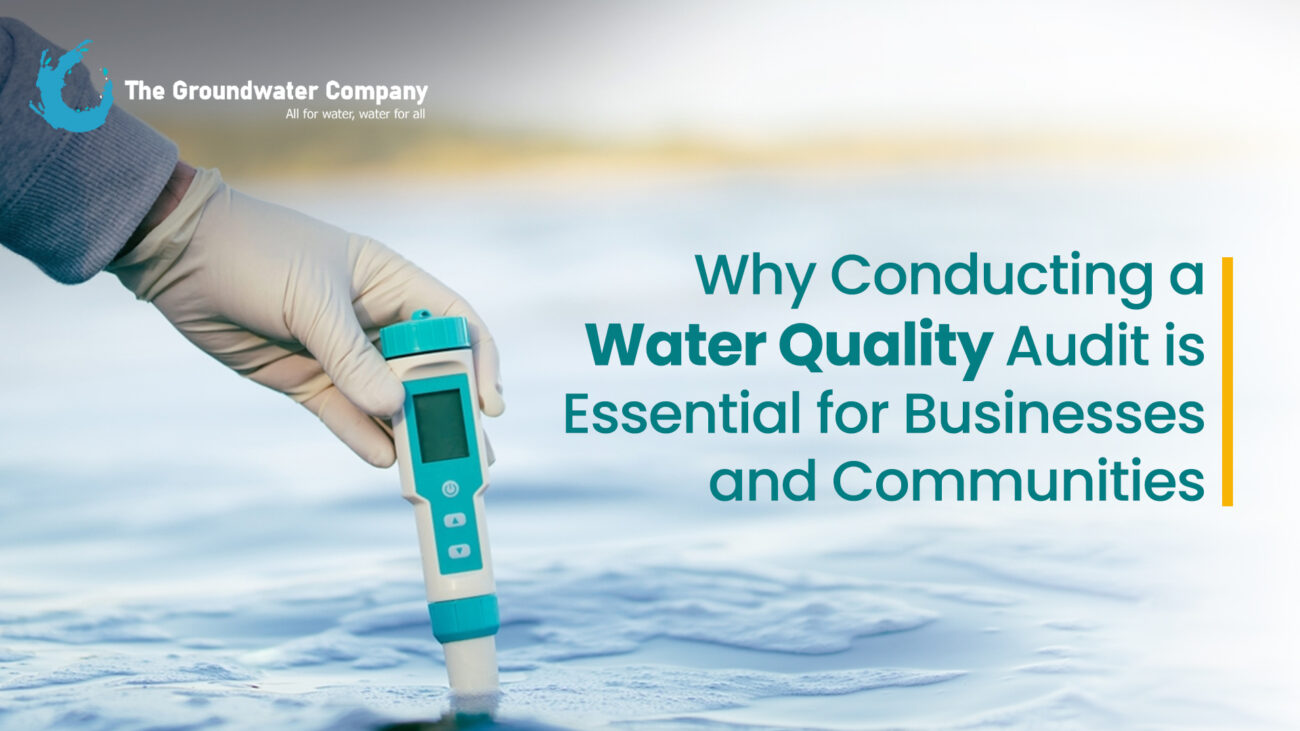As water scarcity continues to rise globally, sustainable water management has become a critical priority for governments, industries, and communities. One of the most effective methods to address the growing water demand is artificial groundwater recharge, a practice that actively replenishes aquifers to ensure the availability of underground water for future use. This blog explores the importance of artificial recharge of groundwater, highlighting various methods, the role of recharge pits, and how these strategies contribute to the future of water resource management.
Understanding How Groundwater is Recharged
Before diving into artificial methods, it’s essential to understand the natural process of groundwater recharge. Groundwater is primarily recharged through rainfall, snowmelt, and other surface water that infiltrates the soil and eventually seeps into underground aquifers. However, with increasing urbanization and climate change, the rate of natural recharge has significantly declined due to impervious surfaces like roads and buildings that prevent water from penetrating the ground.
In many regions, groundwater supplies up to 50% of drinking water. However, the depletion of aquifers due to over-extraction is a growing concern. To counteract this, innovative groundwater recharge methods have been developed to artificially enhance the recharge process, helping to restore and maintain the balance of water resources.
Why Artificial Groundwater Recharge Matters
Artificial recharge of groundwater is a planned, engineered approach to replenish groundwater supplies, ensuring that water extracted for human, agricultural, and industrial use is sustainably managed. This practice is crucial in regions facing water scarcity and those that depend heavily on groundwater for their water needs.
According to the United Nations, 2.3 billion people live in water-stressed countries, and by 2050, this number could grow significantly if proper water management strategies are not implemented. With artificial groundwater recharge methods, cities can bolster their water supplies and reduce the risk of aquifer depletion.
Key Methods of Artificial Groundwater Recharge
Several techniques are employed to artificially recharge groundwater, each designed to suit different geographical and environmental conditions. Here are some of the most common methods:
1. Recharge Pits
Recharge pits are shallow, open pits or trenches that are strategically placed to collect runoff or rainwater. Water collected in these pits infiltrates the soil, slowly recharging the underground aquifers. These systems are particularly effective in urban areas, where impermeable surfaces reduce natural recharge. Studies show that well-designed recharge pits can significantly enhance local groundwater levels by 15-30%.
2. Recharge Wells
In areas where surface infiltration is slow or limited, recharge wells are used to inject water directly into aquifers. These wells, often constructed in conjunction with rainwater harvesting systems, collect rainwater and channel it into deep underground storage. In India, many states like Tamil Nadu have adopted recharge wells to combat groundwater depletion in urban and rural areas, providing sustainable access to underground water for agriculture and drinking purposes.
3. Percolation Tanks
Percolation tanks are designed to store surface water and facilitate its gradual seepage into the ground. These tanks play a vital role in areas with clayey soils, where water percolation is naturally slow. By artificially enhancing percolation, these tanks help recharge groundwater while simultaneously reducing surface runoff and flood risks.
4. Infiltration Galleries
Infiltration galleries are horizontal underground pipes or channels designed to capture surface water and promote infiltration. These systems are effective in regions with high rainfall or periodic flooding, helping to recharge groundwater in a controlled manner. Infiltration galleries are especially useful in coastal areas where over-extraction can lead to saltwater intrusion.
The Role of Artificial Groundwater Recharge in the Future of Water Management
As water demands continue to rise, the future of water depends heavily on our ability to manage it sustainably. Artificial groundwater recharge not only addresses the immediate need for water but also ensures long-term sustainability by preventing aquifer depletion.
1. Mitigating Water Scarcity
With global water demand expected to increase by 55% by 2050, artificial groundwater recharge will play a crucial role in ensuring water availability. By restoring depleted aquifers, cities and regions can reduce their reliance on surface water, which is often subject to seasonal fluctuations and climate change impacts.
2. Adapting to Climate Change
Climate change is altering precipitation patterns, leading to prolonged droughts and unpredictable rainfall in many parts of the world. Sustainable water management through artificial recharge systems offers a proactive solution to mitigate the effects of these changes. By capturing and storing water during wet periods, regions can better prepare for droughts and maintain water supplies throughout the year.
3. Supporting Agriculture
Agriculture accounts for 70% of global freshwater withdrawals, and in many regions, groundwater is the primary source for irrigation. Artificial recharge systems, such as underground water recharge and percolation tanks, ensure that farmers have reliable access to water even during dry seasons, boosting agricultural productivity and food security.
Stats Highlighting the Importance of Groundwater Recharge
- 40% of the world’s food is produced using irrigation that relies on groundwater.
- India is the world’s largest user of groundwater, extracting an estimated 230 cubic kilometers per year. However, over 60% of India’s groundwater blocks are deemed “over-exploited” or “critical.”
- According to the World Bank, nearly 21 major cities in India, including Delhi, Bengaluru, and Hyderabad, are expected to run out of groundwater by 2030 without proper intervention.
- The implementation of artificial groundwater recharge methods has been shown to increase groundwater levels by 10-30% in several drought-prone regions across India and Africa.
Conclusion: Ensuring a Sustainable Water Future
The need for innovative water resource management has never been more critical. As natural groundwater recharge processes are compromised by urban development and climate change, artificial recharge offers a sustainable solution to protect this precious resource. By implementing techniques such as recharge pits, percolation tanks, and infiltration galleries, cities and agricultural regions can ensure a stable water supply for future generations.
At Groundwater Company (GWC), we are committed to developing and implementing cutting-edge groundwater recharge systems to support sustainable water management. As water challenges continue to grow, investing in artificial groundwater recharge methods will help secure the future of water resources worldwide.


